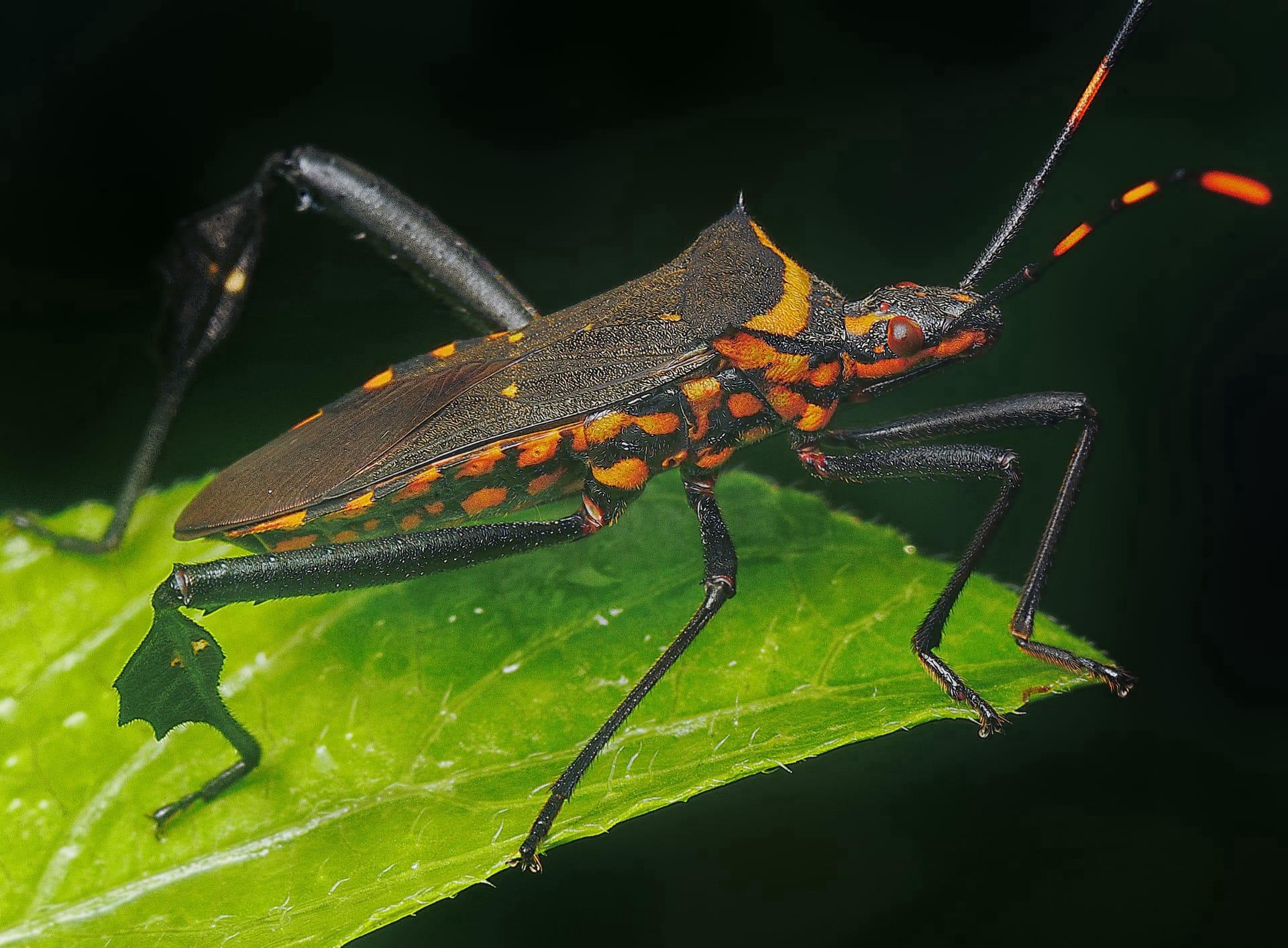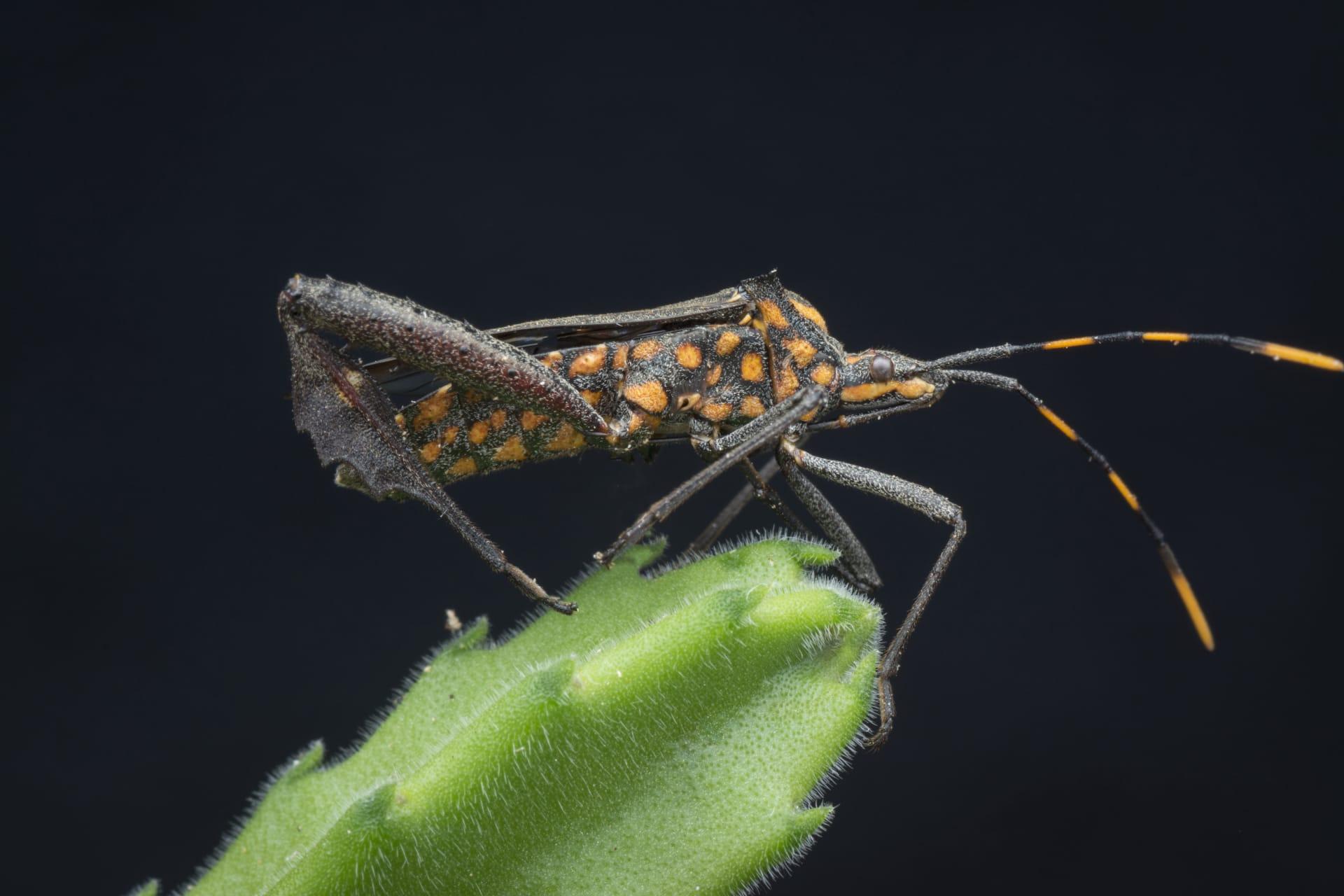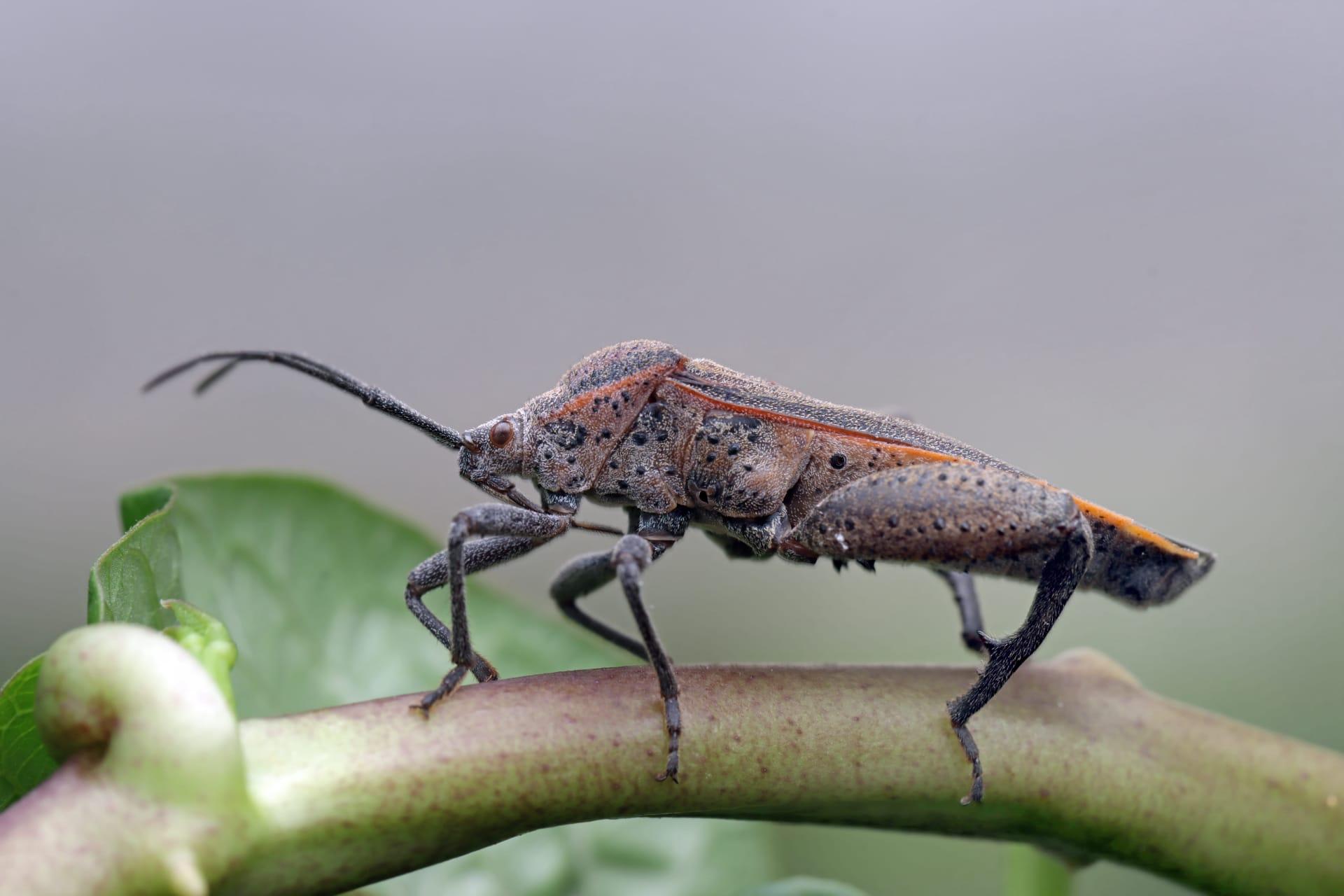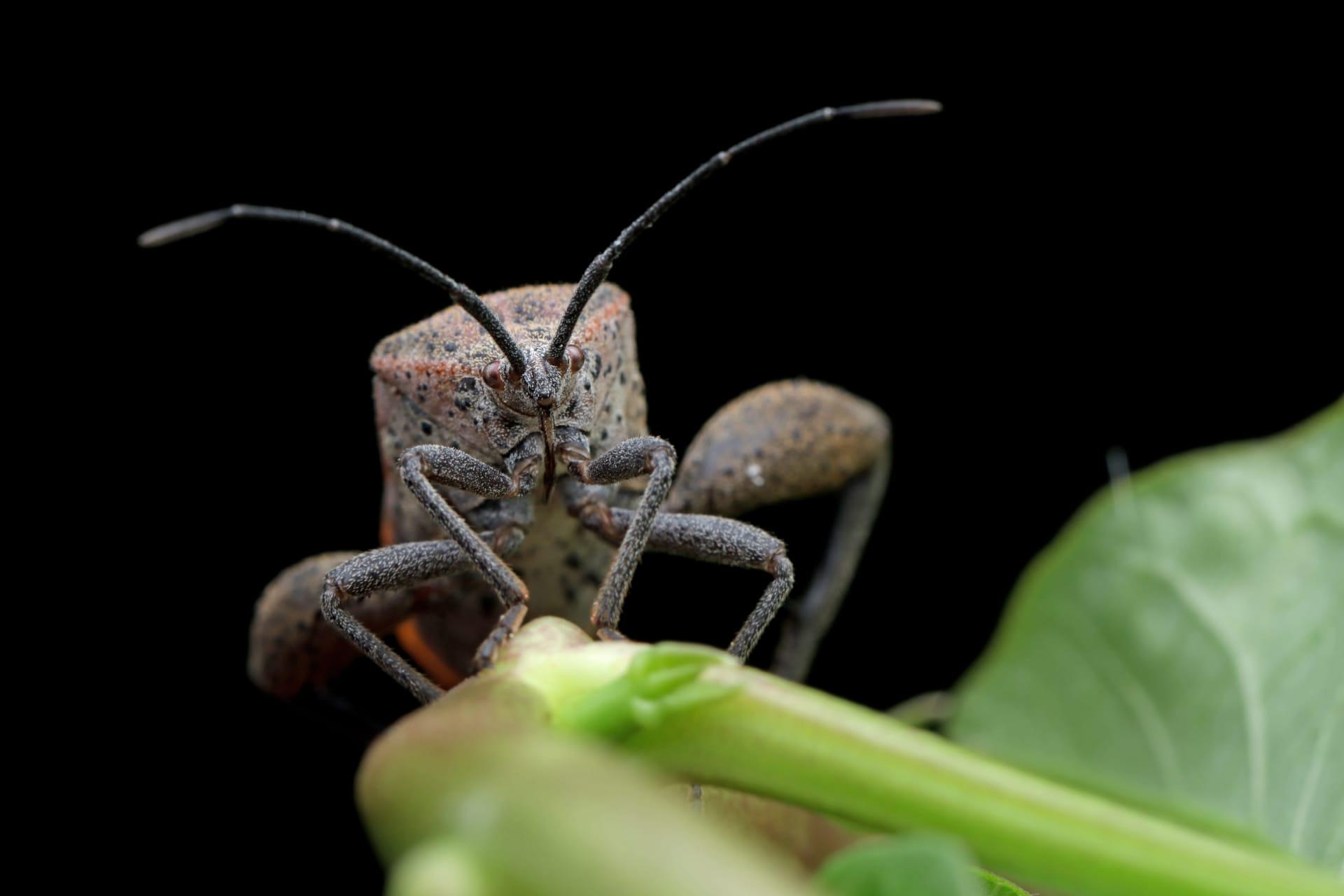1
Squash bugs, known scientifically as Anasa tristis, display a unique color-changing ability throughout their life. As nymphs, they start with a reddish-brown hue, but as they mature into adults, they transition to a darker gray or brown. This color shift is not just for show; it plays a crucial role in their survival. The darker tones of the adults provide better camouflage against predators in their natural habitat, which typically includes the underside of leaves and stems of squash plants.
Another interesting fact about squash bugs is their selective diet. These insects are not general feeders; they have a particular taste for plants in the Cucurbitaceae family, which includes squash, pumpkins, and cucumbers. Their feeding method is quite fascinating – they pierce the plant tissue with their sharp, needle-like mouthparts and suck out the sap. This process can cause significant damage to the plants, leading to wilting and sometimes even the death of young plants. The precision and efficiency of their feeding strategy highlight their adaptation to a specific ecological niche.

2
Did you know that squash bugs have a unique way of communicating? They use a variety of pheromones to send signals to each other. These chemical messages are crucial for mating, as they help males locate receptive females. But it's not just about attraction; these pheromones also play a role in aggregation, where squash bugs group together, especially during colder months. This social behavior helps them conserve heat and survive harsh conditions.
Another fascinating aspect of squash bugs is their resilience. They have developed a remarkable resistance to many common pesticides. This resistance is not just a one-time adaptation; it's continually evolving. This makes controlling squash bug populations in agricultural settings particularly challenging, as they can quickly adapt to new chemicals introduced into their environment. This resilience is a testament to their ability to survive and thrive under various environmental pressures.

3
Squash bugs are not just pests; they play a role in the ecosystem. One of their less known contributions is as a food source for several predators. Predatory insects like spiders, ground beetles, and some bird species feed on squash bugs, making them a small but significant part of the food web. This predator-prey dynamic is essential in natural pest control and helps maintain ecological balance.
Interestingly, squash bugs exhibit a high level of parental care, which is quite rare among insects. Female squash bugs are often seen guarding their egg clusters, which are typically laid on the underside of leaves. This maternal behavior protects the eggs from potential predators and increases the chances of survival for the next generation. This level of parental investment is quite unusual in the insect world, where many species are known to abandon their eggs post-laying.

4
Squash bugs have a unique developmental process called incomplete metamorphosis. Unlike butterflies that go through a complete metamorphosis (egg, larva, pupa, adult), squash bugs have three stages: egg, nymph, and adult. The nymph stage is particularly fascinating as they undergo multiple molts, each time getting closer to their adult form. This gradual development process allows them to adapt to their environment more efficiently as they grow.
The lifespan of squash bugs can be surprisingly long for insects. Under optimal conditions, they can live up to 75 days, which is quite significant compared to many other insect species. This longer lifespan allows them to have a prolonged breeding season, increasing their chances of reproducing successfully. It also means they can cause more damage to crops over a longer period, making them a notable concern for farmers and gardeners.

5
Squash bugs have a unique survival strategy during winter. As cold weather approaches, adult squash bugs seek shelter in leaf litter, under rocks, or in other protected places. They enter a state of dormancy, significantly reducing their metabolic activity to conserve energy. This ability to hibernate allows them to survive through freezing temperatures and re-emerge in the spring to continue their life cycle.
Finally, the impact of squash bugs on plants is not just physical. Their feeding can also transmit plant pathogens. When they feed, they can spread bacteria or viruses from one plant to another. This transmission can exacerbate the damage caused by their feeding, leading to more significant plant health issues. It's a reminder of the interconnected nature of ecosystems, where the actions of one species can have ripple effects on others.